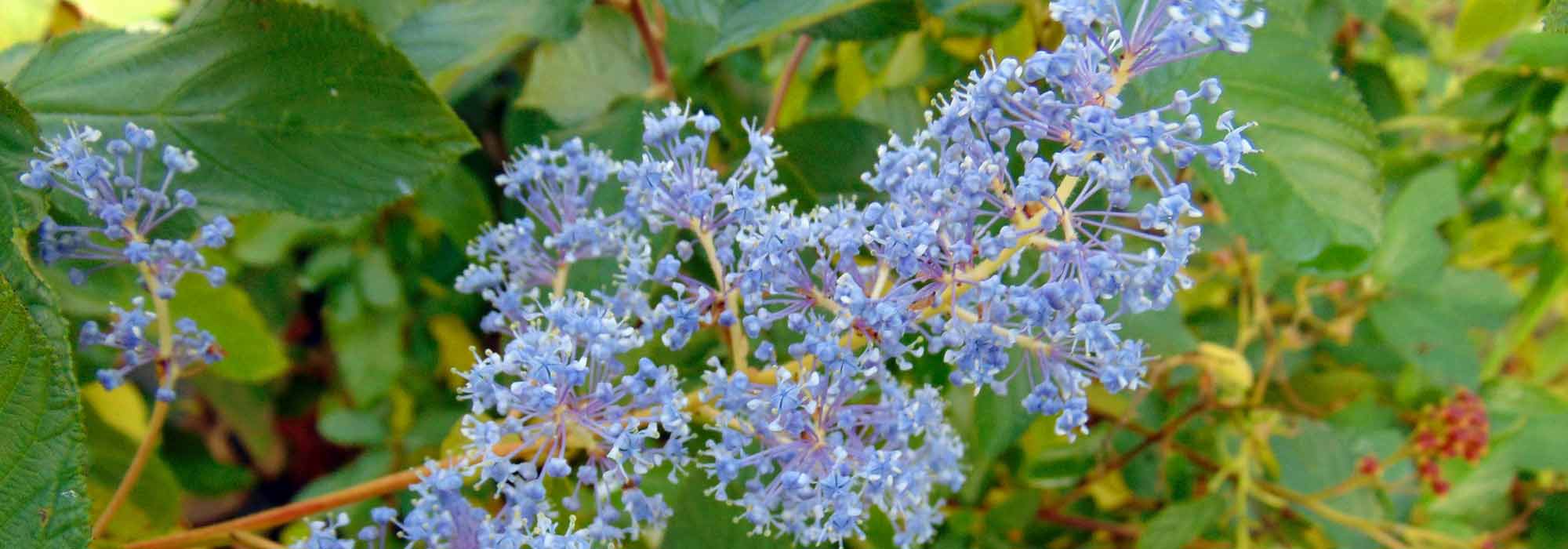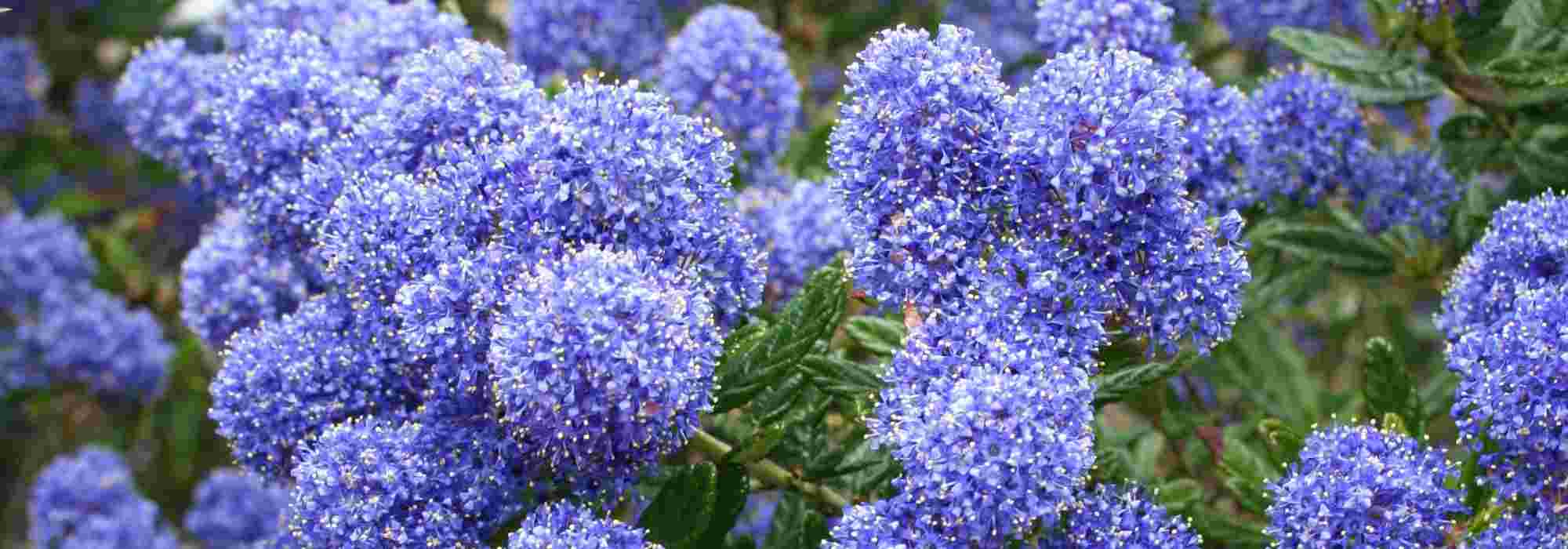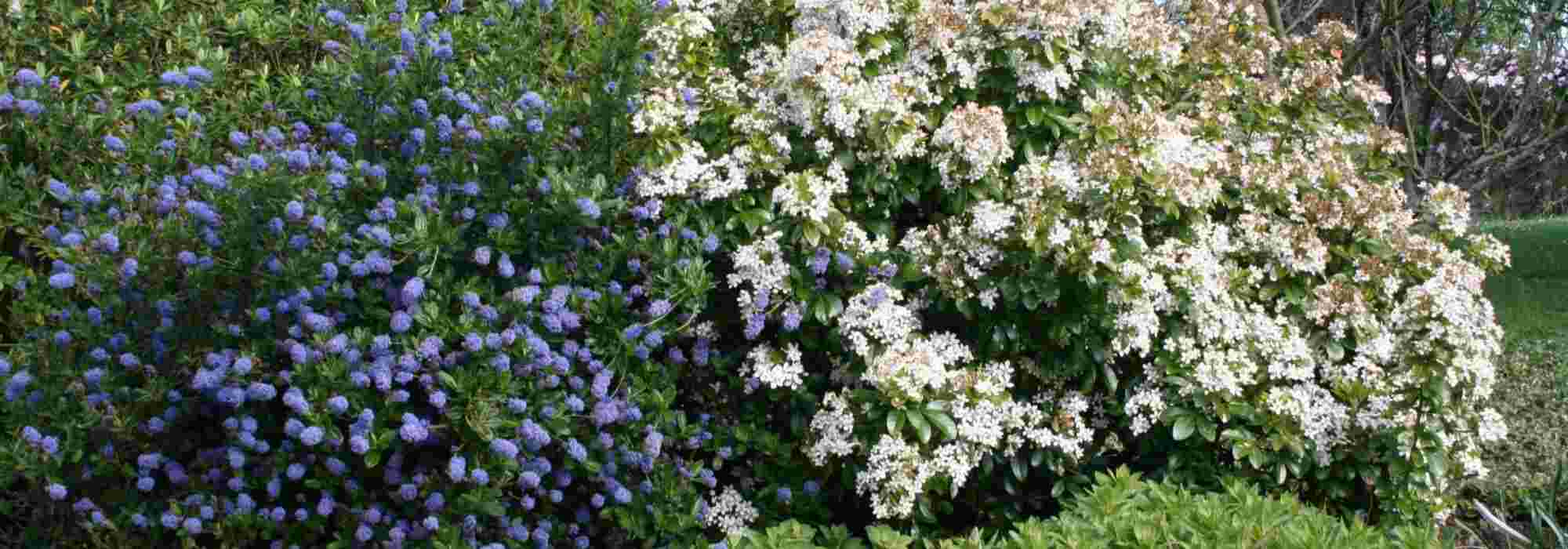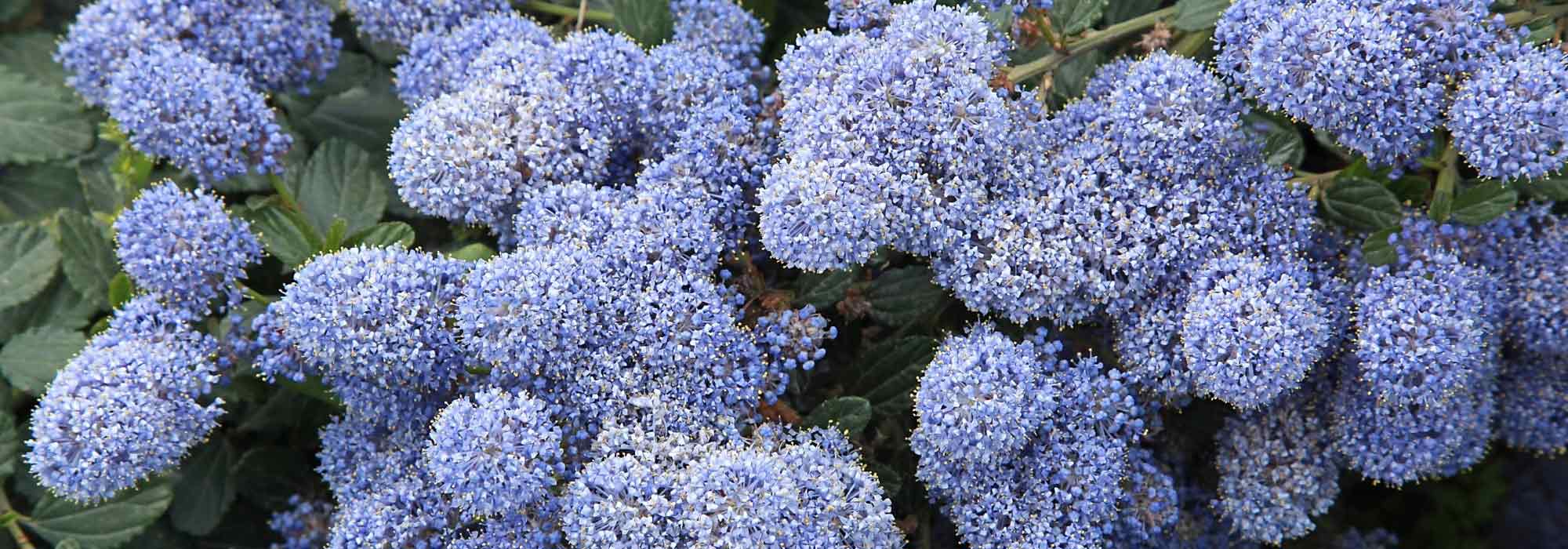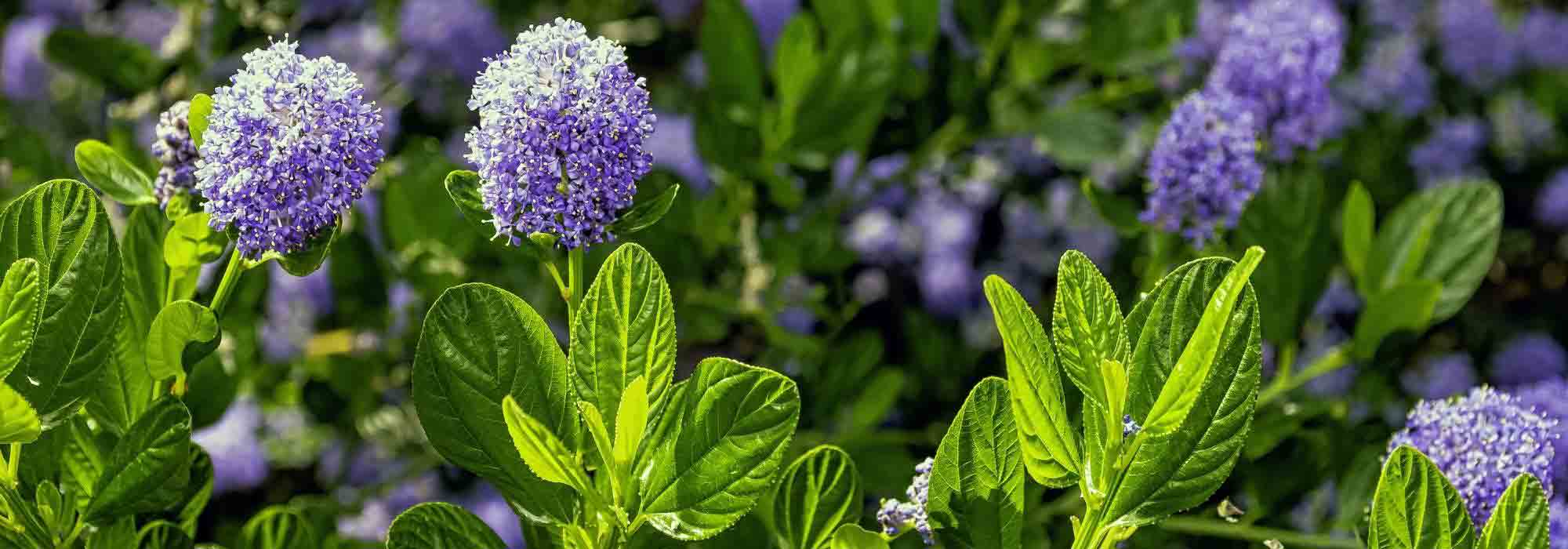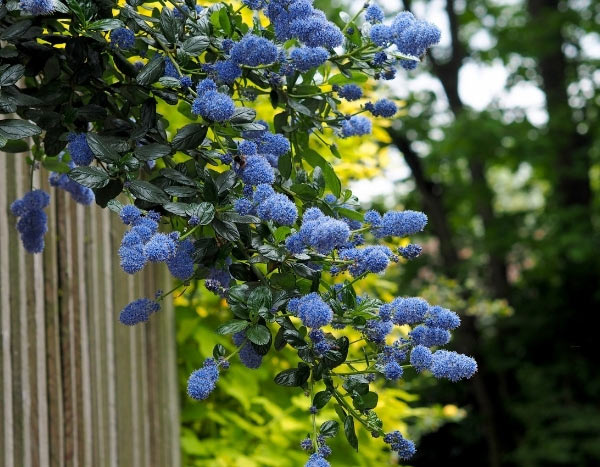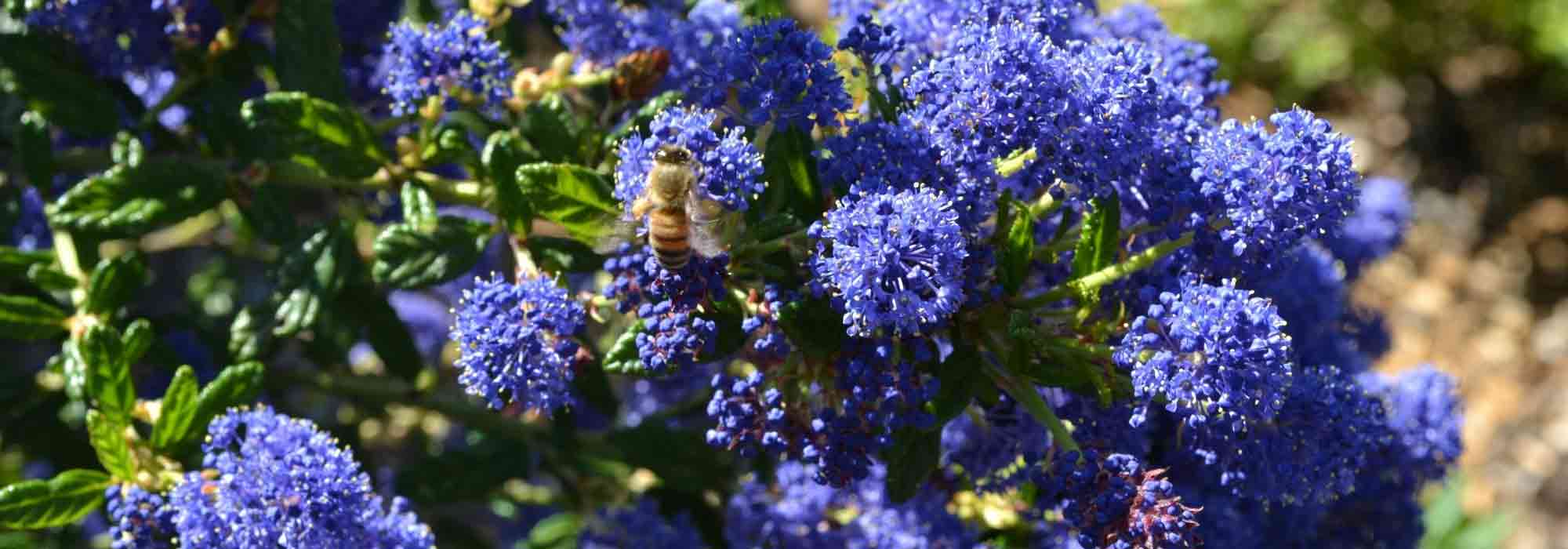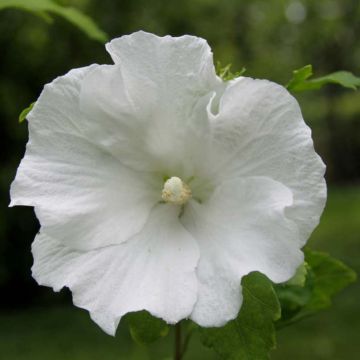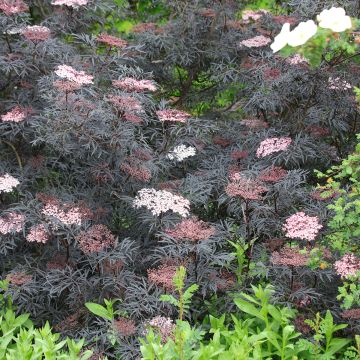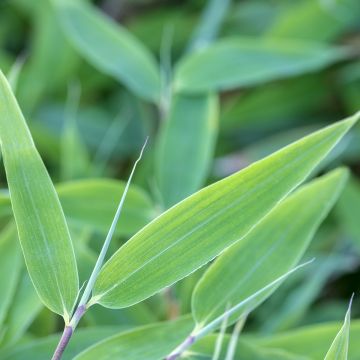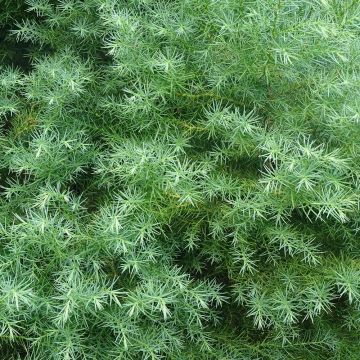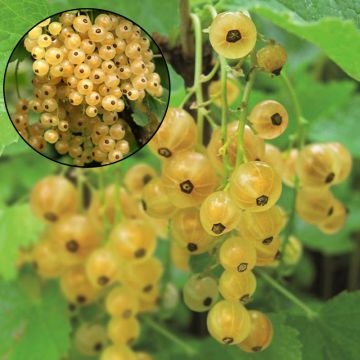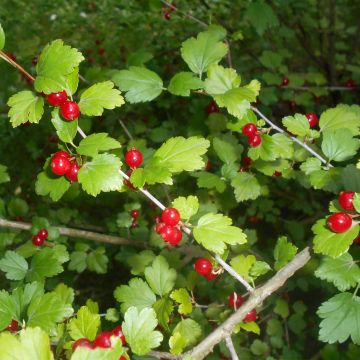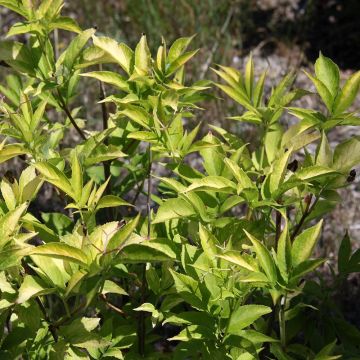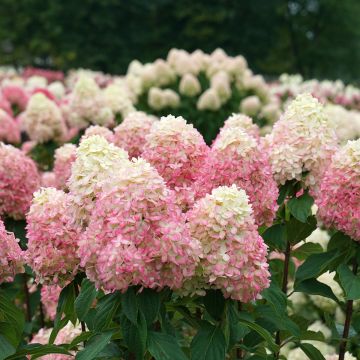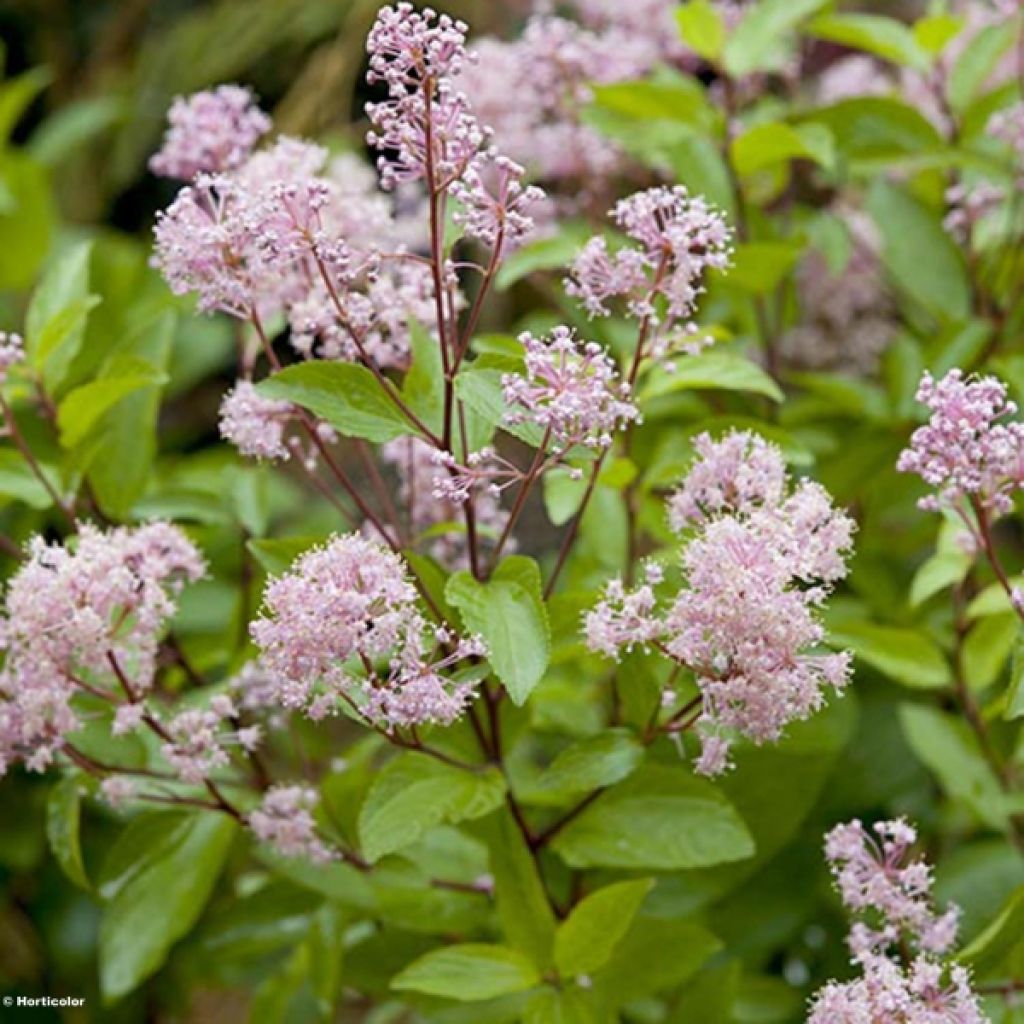

Ceanothus pallidus Marie-rose
Ceanothus pallidus Marie-rose
Ceanothus pallidus Marie Rose®
California Lilac
I love it! It grew very quickly and it blooms twice a year! Abundant and long-lasting flowering.
Elodie, 05/02/2024
Special offer!
Receive a €20 voucher for any order over €90 (excluding delivery costs, credit notes, and plastic-free options)!
1- Add your favorite plants to your cart.
2- Once you have reached €90, confirm your order (you can even choose the delivery date!).
3- As soon as your order is shipped, you will receive an email containing your voucher code, valid for 3 months (90 days).
Your voucher is unique and can only be used once, for any order with a minimum value of €20, excluding delivery costs.
Can be combined with other current offers, non-divisible and non-refundable.
Home or relay delivery (depending on size and destination)
Schedule delivery date,
and select date in basket
This plant carries a 24 months recovery warranty
More information
We guarantee the quality of our plants for a full growing cycle, and will replace at our expense any plant that fails to recover under normal climatic and planting conditions.

Does this plant fit my garden?
Set up your Plantfit profile →
Description
Ceanothus pallidus 'Marie-rose'®, also known as the summer ceanothus, is a compact deciduous bush with tender green foliage and pale pink flowers.
Derived from the pallidus species, native to North America and Mexico, this deciduous bush reaches a height of 1.50m (4ft 11in) and a width of 1m (3ft 4in) after 10 years, and can tolerate temperatures as low as -15°C. Its upright purple branches form a compact bushy tuft. It has alternate, entire, toothed, tough leaves, a beautiful shiny tender green colour, and very pronounced veins.
In June-July, light pale pink clusters, 7 to 10cm (2.8 to 3.9in) long, composed of small tubular flowers, adorn the ends of the stems, followed by dark red fruits. Cutting the fruits triggers a second flowering in September-October. The unique fruiting prolongs the interest of the bush for the following 2 months.
Ceanothus belong to the Rhamnaceae family, they are cousins of our buckthorn (Rhamnus cartharicata), but they are hosts of chaparral, scrub vegetation, and garrigues, which rely on rainwater once established. They are also called "California lilacs". Ceanothus pallidus 'Marie-rose'® is a more compact and floriferous improvement of Ceanothus x pallidus 'Marie Simon', created by Pépinières Minier (France) in 2006. Hybridization has resulted in plants that are less cold-sensitive (-15°C) and whose resistance can be further improved by cutting back the tuft in winter and mounding the base. Pruning, although not essential, also reduces the volume of the bush to between 1m (3ft 4in) and 1.50m (4ft 11in). In mild climates, Ceanothus pallidus 'Marie-rose'® can even retain its foliage, not to mention its tolerance for slightly calcareous soil, unlike evergreen species.
It thrives in light, well-drained soil, with little limestone, in a sunny or semi-shaded location. Not demanding, simply cutting back the stems to 5cm (2in) from the old wood in early April will promote harmonious growth of the bush.
The 'Marie-rose' Ceanothus forms a graceful bush, easy to grow in temperate climates, that you can mix with perennials for dry soil such as yarrow or Gaura. It can also be associated with flowering hedges, borders, or rock gardens, with small, easy-to-grow bushes that will precede or follow its beautiful flowering: rockroses, Perovskia, Teucrium, rosemary, and lavender. It will also thrive by the sea. This variety will also enhance your balconies and terraces when planted in a large container.
Ceanothus pallidus Marie-rose in pictures
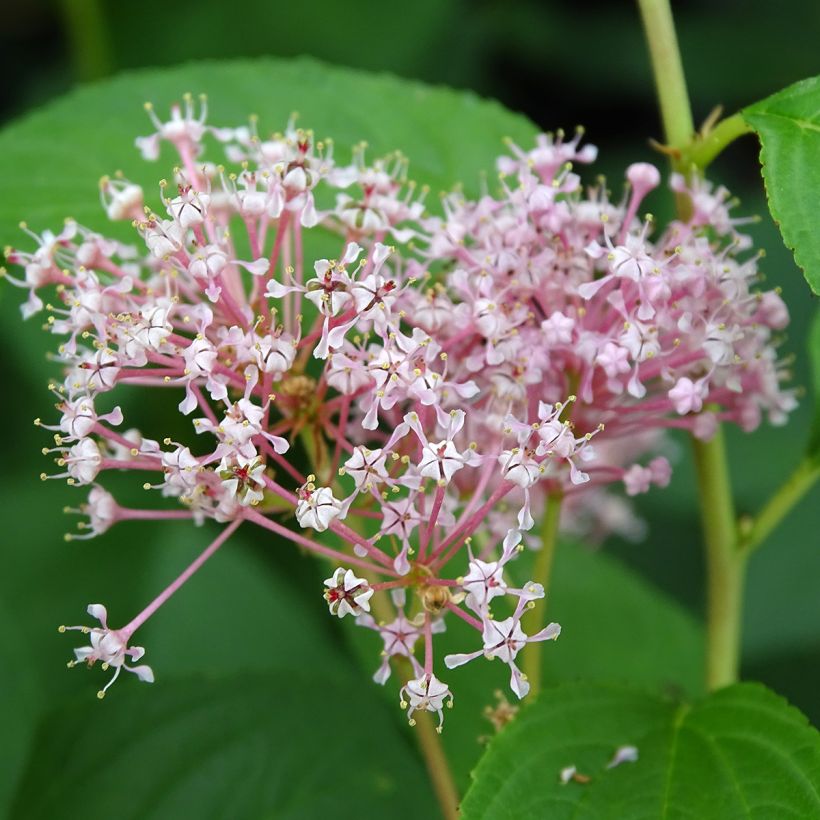

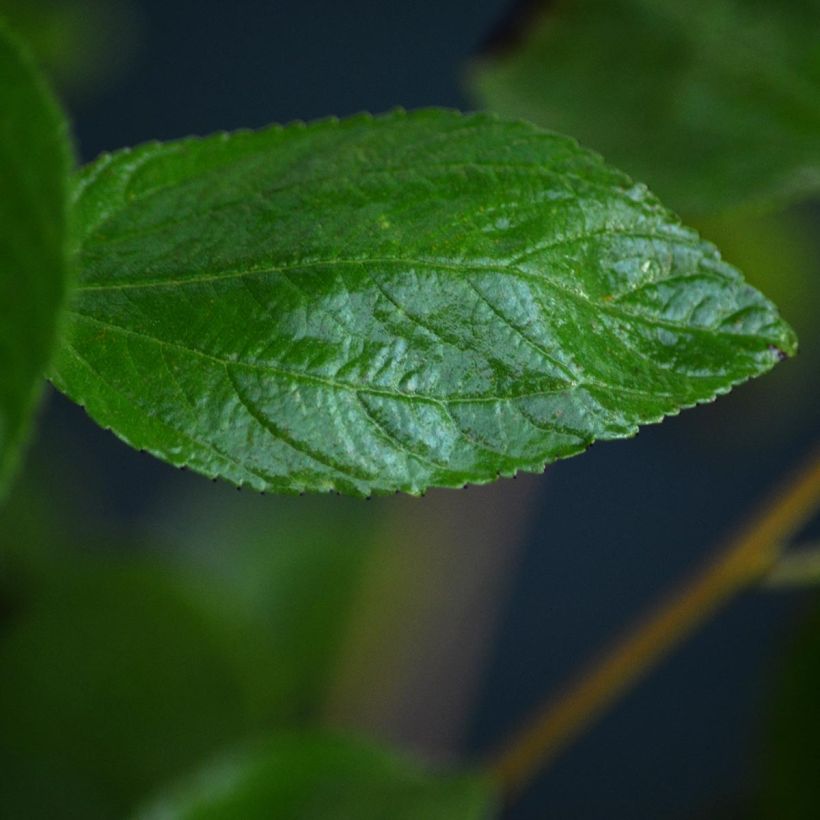

Plant habit
Flowering
Foliage
Botanical data
Ceanothus
pallidus
Marie Rose®
Rhamnaceae
California Lilac
Cultivar or hybrid
Planting and care
Ceanothus pallidus 'Marie-rose'® is preferably planted in spring in a light, well-drained soil, in a sunny or partially shaded position. It tolerates slightly chalky soil unlike evergreen species. It is an easy plant to grow as long as the soil does not retain stagnant moisture in winter. Additionally, it withstands drought once well established. Except during the first summer following planting, it is unnecessary and even discouraged to water.
Potted plants are more vulnerable and require regular but spaced watering and fertilization. Add a handful of compost, organic fertilizer or slow-release fertilizer every spring and flower fertilizer after summer pruning of the fruits. Use a lightweight substrate, a mixture of garden soil, coarse sand and potting soil.
The search for hybrids has resulted in Ceanothus more resistant to cold (-15°C) which can be further protected by cutting back the tuft in winter and mounding the base. This pruning keeps the bush at a low volume between 1m (3ft 4in) and 1.50m (4ft 11in). In mild climates, this species is semi-evergreen.
Planting period
Intended location
Care
Planting & care advice
-
, onOrder confirmed
Reply from on Promesse de fleurs
Similar products
Haven't found what you were looking for?
Hardiness is the lowest winter temperature a plant can endure without suffering serious damage or even dying. However, hardiness is affected by location (a sheltered area, such as a patio), protection (winter cover) and soil type (hardiness is improved by well-drained soil).

Photo Sharing Terms & Conditions
In order to encourage gardeners to interact and share their experiences, Promesse de fleurs offers various media enabling content to be uploaded onto its Site - in particular via the ‘Photo sharing’ module.
The User agrees to refrain from:
- Posting any content that is illegal, prejudicial, insulting, racist, inciteful to hatred, revisionist, contrary to public decency, that infringes on privacy or on the privacy rights of third parties, in particular the publicity rights of persons and goods, intellectual property rights, or the right to privacy.
- Submitting content on behalf of a third party;
- Impersonate the identity of a third party and/or publish any personal information about a third party;
In general, the User undertakes to refrain from any unethical behaviour.
All Content (in particular text, comments, files, images, photos, videos, creative works, etc.), which may be subject to property or intellectual property rights, image or other private rights, shall remain the property of the User, subject to the limited rights granted by the terms of the licence granted by Promesse de fleurs as stated below. Users are at liberty to publish or not to publish such Content on the Site, notably via the ‘Photo Sharing’ facility, and accept that this Content shall be made public and freely accessible, notably on the Internet.
Users further acknowledge, undertake to have ,and guarantee that they hold all necessary rights and permissions to publish such material on the Site, in particular with regard to the legislation in force pertaining to any privacy, property, intellectual property, image, or contractual rights, or rights of any other nature. By publishing such Content on the Site, Users acknowledge accepting full liability as publishers of the Content within the meaning of the law, and grant Promesse de fleurs, free of charge, an inclusive, worldwide licence for the said Content for the entire duration of its publication, including all reproduction, representation, up/downloading, displaying, performing, transmission, and storage rights.
Users also grant permission for their name to be linked to the Content and accept that this link may not always be made available.
By engaging in posting material, Users consent to their Content becoming automatically accessible on the Internet, in particular on other sites and/or blogs and/or web pages of the Promesse de fleurs site, including in particular social pages and the Promesse de fleurs catalogue.
Users may secure the removal of entrusted content free of charge by issuing a simple request via our contact form.
The flowering period indicated on our website applies to countries and regions located in USDA zone 8 (France, the United Kingdom, Ireland, the Netherlands, etc.)
It will vary according to where you live:
- In zones 9 to 10 (Italy, Spain, Greece, etc.), flowering will occur about 2 to 4 weeks earlier.
- In zones 6 to 7 (Germany, Poland, Slovenia, and lower mountainous regions), flowering will be delayed by 2 to 3 weeks.
- In zone 5 (Central Europe, Scandinavia), blooming will be delayed by 3 to 5 weeks.
In temperate climates, pruning of spring-flowering shrubs (forsythia, spireas, etc.) should be done just after flowering.
Pruning of summer-flowering shrubs (Indian Lilac, Perovskia, etc.) can be done in winter or spring.
In cold regions as well as with frost-sensitive plants, avoid pruning too early when severe frosts may still occur.
The planting period indicated on our website applies to countries and regions located in USDA zone 8 (France, United Kingdom, Ireland, Netherlands).
It will vary according to where you live:
- In Mediterranean zones (Marseille, Madrid, Milan, etc.), autumn and winter are the best planting periods.
- In continental zones (Strasbourg, Munich, Vienna, etc.), delay planting by 2 to 3 weeks in spring and bring it forward by 2 to 4 weeks in autumn.
- In mountainous regions (the Alps, Pyrenees, Carpathians, etc.), it is best to plant in late spring (May-June) or late summer (August-September).
The harvesting period indicated on our website applies to countries and regions in USDA zone 8 (France, England, Ireland, the Netherlands).
In colder areas (Scandinavia, Poland, Austria...) fruit and vegetable harvests are likely to be delayed by 3-4 weeks.
In warmer areas (Italy, Spain, Greece, etc.), harvesting will probably take place earlier, depending on weather conditions.
The sowing periods indicated on our website apply to countries and regions within USDA Zone 8 (France, UK, Ireland, Netherlands).
In colder areas (Scandinavia, Poland, Austria...), delay any outdoor sowing by 3-4 weeks, or sow under glass.
In warmer climes (Italy, Spain, Greece, etc.), bring outdoor sowing forward by a few weeks.






























